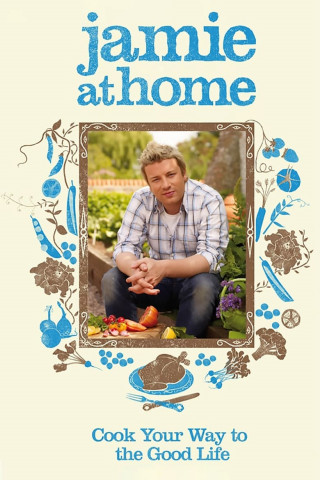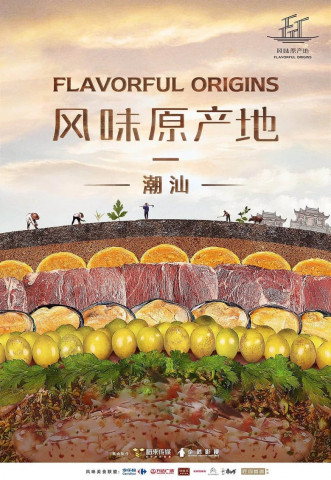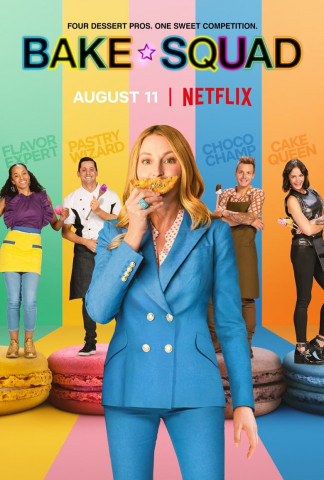
Inside The Factory
Detective Chief Inspector (DCI) Charlie Hicks und DI Elaine Renko sind zwei Polizisten, die unterschiedlicher nicht sein könnten. Doch als sie bei Ermittlungen in einem Mordfall über streng geheime Dokumente, Codename HARD SUN, stolpern, werden sie zur Zusammenarbeit gezwungen. Denn das digitale Dossier beweist, dass der Menschheit nur noch fünf Jahre bleiben. Ein furchtbares Geheimnis, das die Geheimdienste um jeden Preis unter Kontrolle halten wollen ...
Episoden-Guide
Hat Ihnen "Inside The Factory" gefallen?
Dank unserem Newsletter "HALLO! Wochenende" erfährst Du jede Woche, welche neuen Streaming-Titel sich wirklich lohnen. Jetzt abonnieren!
E-Mail-Adresse:
Es scheint, als wäre Deine E-Mail-Adresse nicht korrekt. Aber das ist kein Problem!
Versuche es einfach nochmal:
In Kürze erhältst Du eine E-Mail von uns, in der Du Deine Anmeldung bestätigen musst.
Danach erhältst Du ab sofort unseren Newsletter.












